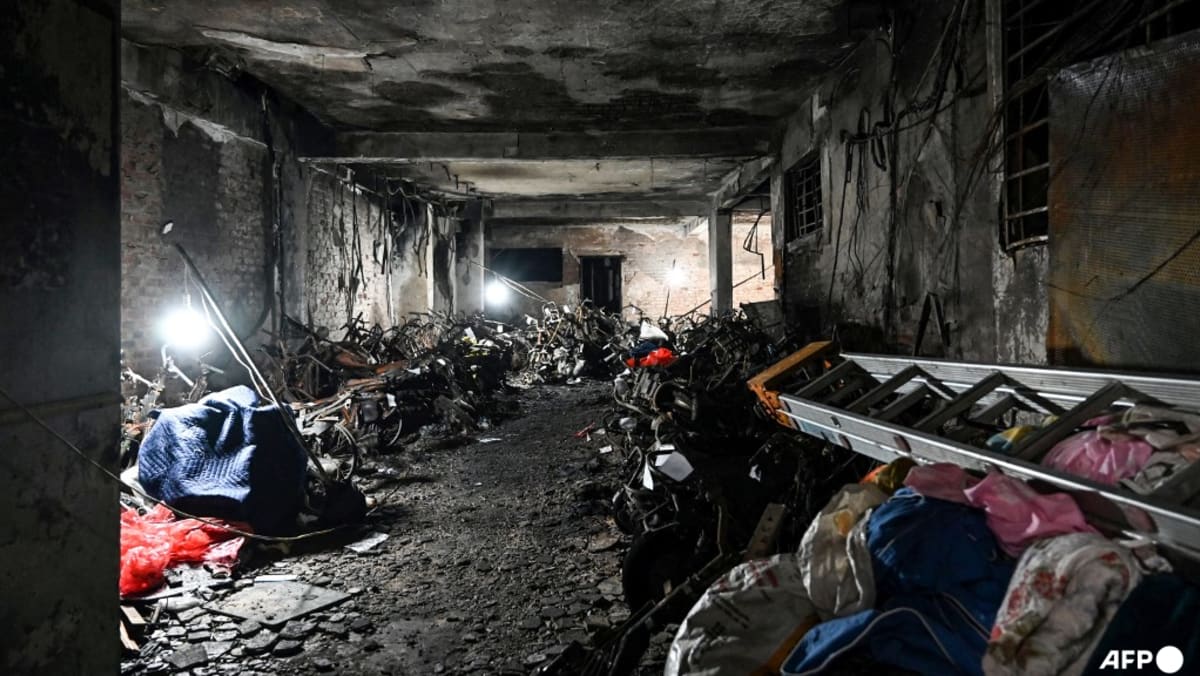‘Tolerated and even expected’: What drives workplace bullying in Malaysia’s healthcare sector?

WORKPLACE BULLYING MORE SEVERE IN HEALTHCARE?
Experts say workplace bullying is a universal problem not confined to healthcare.
Although past studies do not show a higher prevalence of bullying in healthcare than other sectors, the experts believe it may be more pronounced or severe in healthcare due to a high-pressure environment where patients’ lives are at stake.
Factors such as heavy workloads compounded by manpower issues and the lack of support systems contribute to endemic bullying, they believe.
The number of housemen at the Ministry of Health fell by about half between 2019 and 2023, from 6,134 to 3,271, according to official data reported by news outlet The Star earlier this year.
The lack of cardiothoracic surgeons – 14 in the seven public hospitals where heart surgery is performed in Malaysia – was also highlighted in July, when four graduates of a “parallel pathway” training programme with the Royal College of Surgeons Edinburgh in cardiothoracic surgery applied for a joint judicial review to contest the Malaysian Medical Council’s decision to deny their applications for the National Specialist Register, a database of specialist medical practitioners in the country.
In the earlier news reports, experts flagged the need to tackle the shortage of doctors and warned of the potential impact on patient care.
Dr Tay’s death occurred about two years after a houseman at the Penang General Hospital reportedly committed suicide after experiencing workplace bullying.
Back then, the government formed a Healthcare Work Culture Improvement Task Force (HWCITF) to investigate the death of the 25-year-old, as well as claims of a bullying culture prevalent within its health departments.
It listed intimidation, isolation, vilification, misgendering, inflammatory language, harassment, unfair compensation, unfair working hours and unfair workload as types of bullying.
In its report that was released in August 2022, the taskforce found no strong evidence of workplace bullying in relation to the houseman’s death. But it noted that burnout, bullying and an unhealthy work culture were present in the Health Ministry at different levels, albeit not in all healthcare facilities.
The report also surveyed more than 110,000 workers in the Ministry of Health. About 30 per cent admitted to burnout while 7.5 per cent felt they had been bullied at work.
About a quarter of more than 20,000 respondents at the management or supervisory level admitted to acts of bullying at their workplace.
Of those who admitted to bullying, about 20 per cent said they engaged in “severe” bullying while the others said they were involved in “low”-level bullying.
The report, which stated that the Ministry of Health had about 250,000 staff, also emphasised a significant shortage of doctors, nurses and other healthcare staff, especially in rural areas, who face excessive workloads leading to stress and burnout.
In a separate survey last year of 728 doctors, the Malaysian Medical Association (MMA) found that 30 to 40 per cent of doctors in the country have experienced some form of bullying.
The survey also found that victims are more likely not to file a complaint out of fear, or are unsure how to go about it.
In comparison, a 2019 study found almost 40 per cent of Malaysian employees had experienced workplace bullying.
The study, titled “Workplace bullying and psychological distress of employees across socioeconomic strata: a cross-sectional study”, surveyed more than 5,200 people from 47 organisations in Malaysia and was published in the BMC Public Health journal.
It is said to be the first to report the prevalence of workplace bullying and its association with socioeconomic factors and psychological distress in a large sample of Malaysian employees recruited from multiple organisations.
The study did not identify the organisations or industries they belonged to, but found those who had been bullied at work to be specifically associated with being female, drawing a higher income, and with greater psychological distress.
Source: CNA














